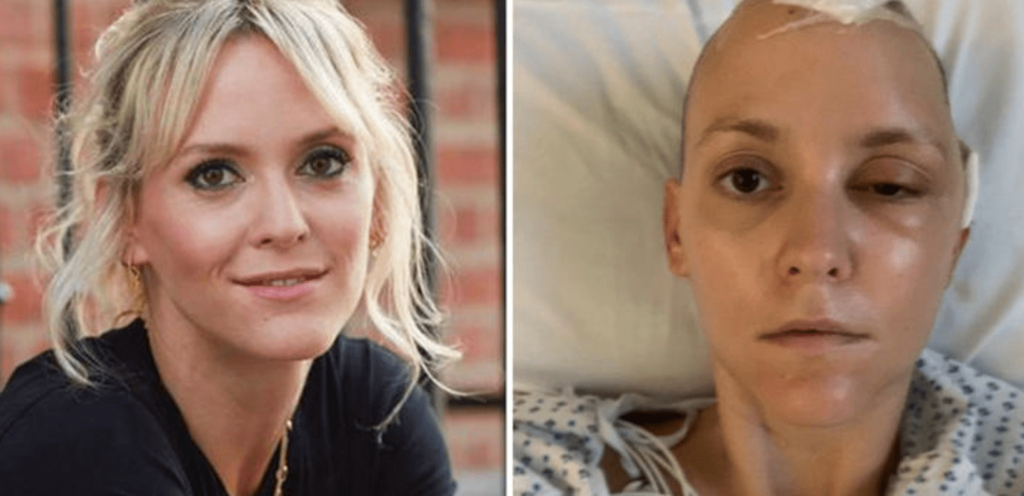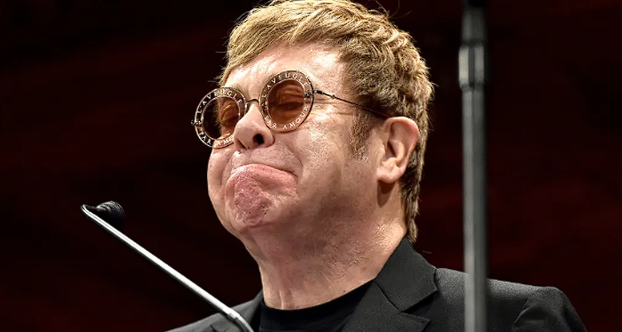Clemency Burton-Hill, reflects on her life after a catastrophic brain hemorrhage that changed everything. She begins by describing how she relies on her smartwatch to monitor various aspects of her health due to her condition. She used to lead a vibrant, independent life, working as a presenter for the BBC and pursuing various creative endeavors. However, at the age of 38, her life took a drastic turn.

On a fateful day in January 2020, while in a work meeting in New York, Clemency suffered a brain hemorrhage that left her in a coma for 17 days. She woke up with the left half of her skull missing, right-side paralysis, and the loss of her ability to speak. This life-altering event shattered her previous existence.
Clemency describes her daily struggles, from overwhelming fatigue to the emotional toll of being unable to engage fully with her husband and two young sons. She grapples with the contrast between the reality of her condition and the facade she must maintain for the sake of others. Despite the challenges, she reflects on the good fortune that allowed her to receive life-saving treatment from a neurosurgeon who specialized in her condition.
Over the years, Clemency and her family moved from New York to Washington, DC, undergoing multiple house changes and school transfers for her sons. She reflects on the small joys and moments of celebration in her life, from being in the audience at concerts to attending sports events. She acknowledges the privilege of experiencing these moments when so many others facing similar health challenges might not.
Clemency also contemplates the burdensome demands of her care and the strain it puts on resources. She questions the worthiness of her own rehabilitation journey, considering the broader societal context. She acknowledges the evolving nature of her needs and the uncertainty of what the most important focus should be.
Despite her ongoing challenges, Clemency remains hopeful. She acknowledges the potential for neuroplasticity and the possibility of regaining some aspects of her previous life. She mentions her involvement in trials and collaborations with scientists and researchers to improve her condition.
In conclusion, Clemency’s story is a reflection on resilience and the complex interplay between hope, reality, and the struggle to navigate life after a catastrophic event. Her journey is a testament to the human spirit’s ability to find glimmers of light even in the darkest of circumstances.




